no products in the cart
0

The collective art practice of Gretchen Korsmo and Andrew Weathers is dubbed “Wind Tide.” Wind Tide isn’t a band, nor is it just a studio or practice space. It is all of these things and perhaps more—a container for the duo to neatly collect their collaborative curiosities.
On “Sings,” they invited voices (both their own and others) into their primordial sound structures. Echoing their artistic practices, collage and reuse of scrap materials herald a slightly damaged quality in their work, but that damage is championed as experience, patina as a sign of any object's exposure to wisdom. Through intervention, new interactions with these worn things create a glittering nowness.
There is a brightness to these songs, a radiant reflection catching light. Contact mic slurping, fluttering piano phrases, woozy guitar drawls, and electronic textures swirl into an alchemical choir, a bed of moss for things to pool in. Spoken and sung language from guest collaborators acts as a means to supplant narrative, opera, hymn, poetry, and babble into these charming and strange works/worlds/words.
€16,00
only 3 left

The collective art practice of Gretchen Korsmo and Andrew Weathers is dubbed “Wind Tide.” Wind Tide isn’t a band, nor is it just a studio or practice space. It is all of these things and perhaps more—a container for the duo to neatly collect their collaborative curiosities.
On “Sings,” they invited voices (both their own and others) into their primordial sound structures. Echoing their artistic practices, collage and reuse of scrap materials herald a slightly damaged quality in their work, but that damage is championed as experience, patina as a sign of any object's exposure to wisdom. Through intervention, new interactions with these worn things create a glittering nowness.
There is a brightness to these songs, a radiant reflection catching light. Contact mic slurping, fluttering piano phrases, woozy guitar drawls, and electronic textures swirl into an alchemical choir, a bed of moss for things to pool in. Spoken and sung language from guest collaborators acts as a means to supplant narrative, opera, hymn, poetry, and babble into these charming and strange works/worlds/words.


sign up for moody picks, inspiring interviews & more.

